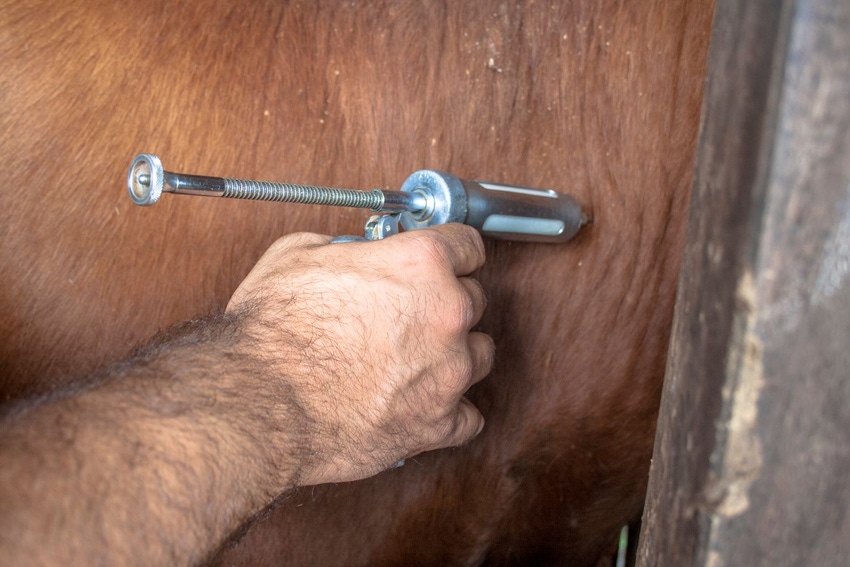AABP develops cattle vaccination guidelines
Guidelines for beef and dairy cattle can help veterinarians counsel clients on vaccination strategies.
November 30, 2021

The American Association of Bovine Practitioners (AABP) Committee on Pharmaceuticals and Biologics (CPBI) has developed Vaccination Guidelines for its members to utilize when designing client vaccination protocols.
The CPBI Vaccine Guidelines subcommittee was composed of Drs. Justin Kieffer (chair), Kevin Jacque, Bill McBeth, Robert Lynch, Tim Goldsmith, Michael Capel and Karin Hoelzer. Drs. Chris Chase and Amelia Woolums also contributed critical inputs and edits to the guidelines. The 32-page guidelines include principles of vaccination, influence of management on disease, vaccine label information, vaccine categories, adverse events, vaccine storage and handling, core vaccines, risk-based vaccination and references.
“The CPBI developed these guidelines to provide AABP members with a baseline document on vaccine science and information for beef and dairy cattle,” explains Kieffer. “To our knowledge, we are the first food animal veterinary group to develop official vaccination guidelines for our membership. We felt it was critical to outline answers to vaccine-related questions frequently asked by bovine practitioners in a readily available format, based upon the available science. It was also important to point out the gaps in knowledge on vaccine issues and to list references for the material we included.”
An additional goal is to help practitioners understand vaccine labeling, and have information on adverse events and where and how to report them. Like other AABP guidelines, this document is subject to regular review and revision as necessary by CPBI and the AABP Board of Directors to match changing scientific data and AABP member needs.
�“It is very important for bovine veterinarians and producers to be familiar with the different vaccine antigens and antigen combinations on the market to meet the disease challenges of their clients/herds,” Kieffer says. “It is important to distinguish between modified-live and killed vaccines, differing antigen combinations, timing of primary shots and subsequent boosters, and to understand the timing of the immune response and potential pitfalls in adverse events and potential lack of efficacy.”
Kieffer emphasizes that the Vaccination Guidelines were not intended to prescribe standard vaccination protocols for bovine veterinarians to implement, but to instead present information on what the authors believe are the "core" vaccine antigens that all cattle (both beef and dairy) should receive. “We have also listed risk-based vaccines that are not considered ‘core’, but should be evaluated for inclusion in vaccine protocols based upon the attending veterinarian’s knowledge and experience in using these vaccines in certain situations,” he says. There are a wide variety of beef and dairy operations that are served by AABP members, with an even wider variety of environmental, genetic, nutritional and management differences, which makes outlining a standard vaccine protocol impossible. We hope these guidelines can provide practitioners with the base knowledge necessary to construct protocols customized to bovine client needs across the production spectrum.”
AABP members can access the guidelines by logging onto the website at https://aabp.org, and under the Committees tab, click on Committee Resources, then Pharmaceuticals and Biologics and scroll to the Vaccination Guidelines. An AABP Have You Herd? podcast on the new Vaccination Guidelines is available at https://bit.ly/3qUBioW.
AABP is a membership-based, not-for-profit organization serving cattle veterinary medicine professionals across the United States, Canada and other countries.
SOURCE: AABP
You May Also Like



